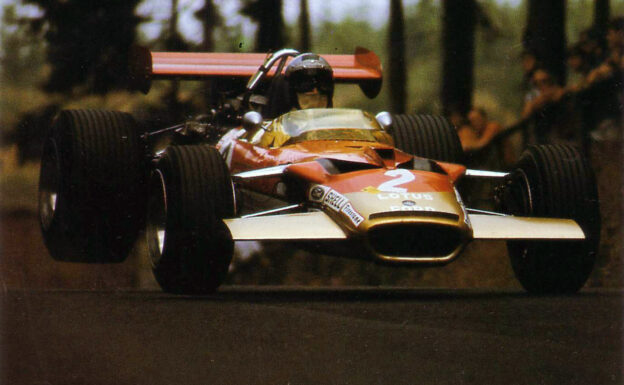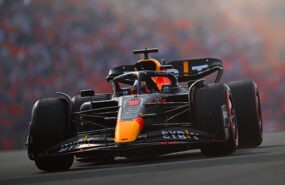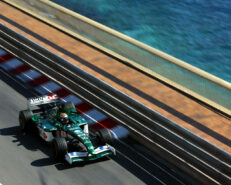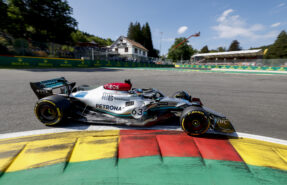The coolest and most interesting F1 sponsorship deals of all time

When Formula 1 first began in the 1950s, the cars looked very different to what we know today. They weren’t the aggressively sculpted rocket ships on wheels that we see lapping circuits; they were more like shrunken train locomotives with bicycle wheels.
But aside from the thin wheels, lack of aerodynamics, and overall blocky appearance, another notable difference is the fact that F1 cars in the 1950s were almost completely devoid of sponsorship decals. Instead, the teams would simply paint their cars in their country’s colours - red for Italy, green for the United Kingdom, and silver for Germany.
The only exceptions to this were the small logos of tyre, oil, and fuel suppliers that occasionally made their way onto the cars in exchange for discounts or freebies.
That changed in the late 1960s when Colin Chapman needed to find more funds for his Lotus team. His novel idea was to paint his car in the colours of his sponsor’s brand, doing away with tradition and turning F1 into the commercial powerhouse it is today.
Today, F1 cars are the fastest billboards on the planet, plastered in logos from nose cone to diffuser.
Some of these logos are the result of rather dull deals with corporate brands that fade into the background and go mostly ignored. Others are unique, interesting, and even downright cool. Here are some of the sponsorship deals that fall into the latter category.
PokerStars - Red Bull Racing
Red Bull is a brand that is associated with exciting adventures, pushing boundaries, and achieving the impossible, and the Red Bull Racing team is a complete embodiment of this. In its early days it was written off as “just a drinks company”, but it’s since become one of the most successful teams of the modern era.
So when the team announced back in January that it had agreed an exclusive partnership with PokerStars, few were surprised. The two companies said that they hoped the deal would help them to reach audiences with similar interests, a sensible objective given that PokerStars is a well-established entertainment brand that offers a space for adventure-seekers.
What makes this such a unique sponsorship agreement is how well aligned the two companies are. It’s a refreshing change from the usual deals that feel like it’s just a logo slapped on a car.
Google - McLaren
In 2022, the F1 rules changed dramatically. While much of the focus was on the ground effect aerodynamics and the radically redesigned shape, one of the lesser-talked-about revisions was the fact that teams are not allowed to add wheel covers to their cars.
Most teams have just painted their covers to look like normal wheels but McLaren has done something different.
In a deal with Google, the team has designed its wheel covers to look like the tech giant’s Chrome browser logo.
Like the PokerStars-Red Bull deal, it’s also a great fit for McLaren which has a reputation for being a high-tech team, helped by its futuristic “Technology Centre” headquarters.
Ocean’s 12 - Jaguar
In 2004, the team that is now Red Bull, was known as Jaguar. That year’s car was a mixture of British racing green, white (for the HSBC logo), and black (mainly around the barge boards).
However, in addition to the team’s season-long sponsors, it struck deals with a series of short-term partners who had their branding on the car for just one (or a few) Grands Prix.
At the Monaco Grand Prix that year, the temporary sponsor was Ocean’s Twelve, the sequel to the popular heist movie featuring just about every 2000s Hollywood actor.
In addition to the special paint job, the team agreed to attach a diamond to Christian Klien’s car. Located on the nose cone, just above the uprights that connect to the front wing, this giant diamond was worth upwards of $300,000.
But when the Austrian parked his car in the barriers during the first lap of the race, this expensive rock came loose and fell off.
To this day, no one knows where it went, despite a lot of searching.
While an expensive accident, it probably worked out very well for the team and its sponsor, since the stunt and its mishap got a lot of media attention.
✅ Check out more posts with related topics:















